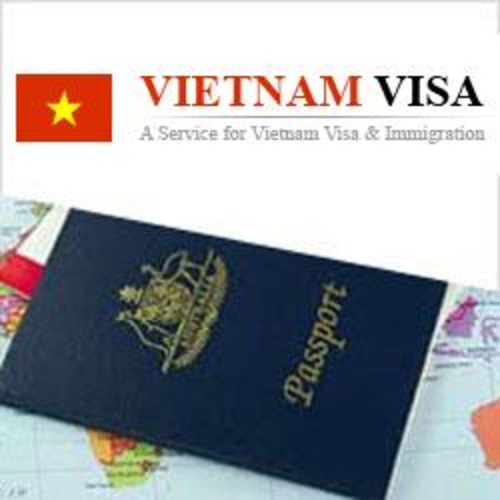Geography and climate
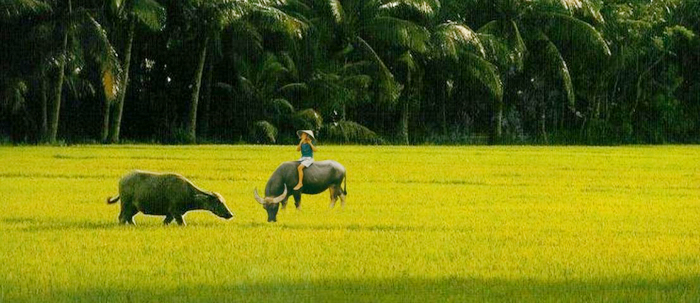
Geography and climate
It is said that Vietnam has the shape of a dragon ... It also suggests an "S" with two large plains north and south and central isthmus. But the Vietnamese often describe as a bamboo (a yoke) carrying a basket of rice at each end. Image quite realistic when we know that the two main cultivated areas are dotted with rice paddies Red River Delta in the north and the Mekong Delta in the south. From the north end to the south end, there are about 1,600 km as the crow flies.
Vietnam is covered with three quarters of mountains and hills, culminating Fansipan (3,143 m), located northwest of the country.
The coastline
The ribs are long 3260 km and there are no less than 1650 km border with Laos, 1150 kilometers with China and 950 km with Cambodia. Borders partly "natural" because it is primarily the Truong Son mountains that separate Vietnam Laos and Cambodia.
Under the old French administrative divisions from the colonial era (Tonkin, Annam and Cochin China), Vietnamese distinguish three major geographic areas: the Bac Bo(North), Trung Bộ (Centre) and Nam Bộ (South).
As so often, it's geography that determined the distribution of populations. Thus, we find the majority ethnic group (the Viet) in rice fields, while many minority ethnic groups are mainly distributed in the mountainous areas of North, West and Central.
The islands
Located near the coast, they are often the cause of more or less serious tensions with the People's Republic of China and other neighboring countries. Vietnam and claims he Tho Chu archipelago, the Paracels ( 300 km southeast of Da Nang ) and Spratly ( 475 km from Nha Trang ), that everyone knows by name .. , but we generally find it difficult to locate.
Weather and climate Vietnam
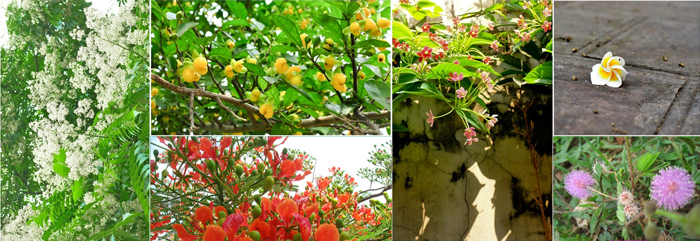
Located in the monsoon zone, Vietnam benefits a warm and humid climate from north to south.
A "frontier" climate however seems to be in the vicinity of Da Nang. And "winter" exists only in the north, beyond the famous Col des Nuages, while in the south it is almost always hot.
In northern Vietnam
- Best time: November to late April - early May, that is to say during the Vietnamese winter. It never gets hot, it can even be a little cool. The weather is often gray and misty with occasional rains. Sometimes you need a kind of drizzle can fall for several days, making such Halong Bay or the Hoa Lu quite gloomy. The temperature can reach 15-20 ° C during the day and drop below 10 ° C at night. Photographer’s readers should not then expect to find light and azure of agency or movies brochures. From February to March, late evening, however, there can be thunderstorm. A kind of spring sets mid-March to early May. Then it's summer.
- From May to October, "the summer." Although it rains, this period is nevertheless the driest of the year and that the highest temperatures. On average, it is 30 to 40 ° C. At the end of the season, from September to November, the North can find some pretty powerful typhoons coming from the sea East (formerly known as South China Sea).
- Lowest period: the months of July and August. Torrential rains, sometimes very violent.
In Central Vietnam
- Best time: February to May. Avoid the period between November and late January: it rains a lot. Curiously, each year, in the center, wet weather in January improved as the festivity Tet approaches (change of the moon). The summer monsoon runs from May to November. From May to August are the hottest months (scorching) of the year. In Da Nang , while the average maximum temperature ranges between 33 and 34 ° C.
- In the highlands : Dalat , Ban Me Thuot , Pleiku , the temperature is much cooler than on the coast.
- The microclimate of Nha Trang: this town is reputed to be the most pleasant city of Vietnam Climate Plan.
- Lowest period: September and October. Time changes in monsoon typhoons can form and fall on the coast. After the rains in November, some areas are partially flooded, as to Hoi An and Hue.
In Southern Vietnam
- Best season: from December to April is the dry and sunny period. February is the month when it rains the least of the year. March and April are the hottest months, with an average of 34 to 35°C.
- Lowest period: July to September, the wettest period. It is not worth to go for example on the island of Phu Quoc at that time: it rains a lot. Some hotels are closed during this same period.
Fortunately, on the continent, in the Mekong Delta, it does not rain all day, but only at certain times (late afternoon). It is also not unpleasant as the rain brings freshness.
Beware of flood that can occur suddenly in the Mekong Delta between mid-August and mid-September.
Promotion
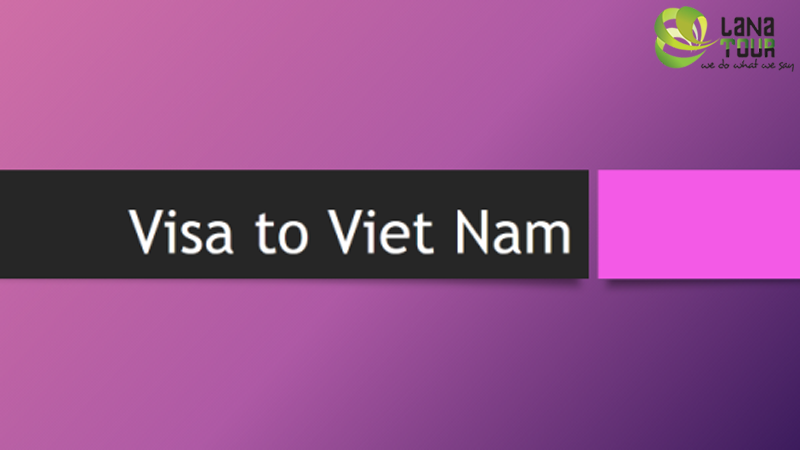
Free Visa Upon Arrival Letter
Are you going to Viet Nam next months? Don't you know how to get the visa? Don't worry about that because we can take care of this. Only one thing you have to do is sending us your copy of your passerport.
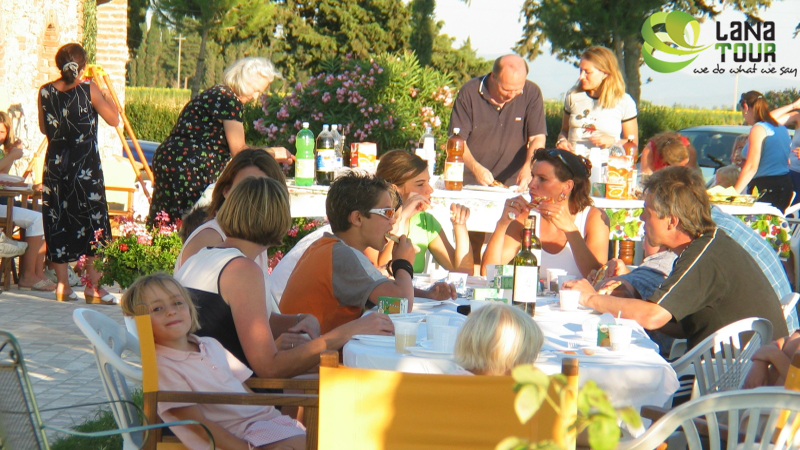
The Best Offer for Family
An idea circuit from North to South Vietnam through its beautiful sights, with a moderate rythm, the variety of activities for children, good accommodation for family.
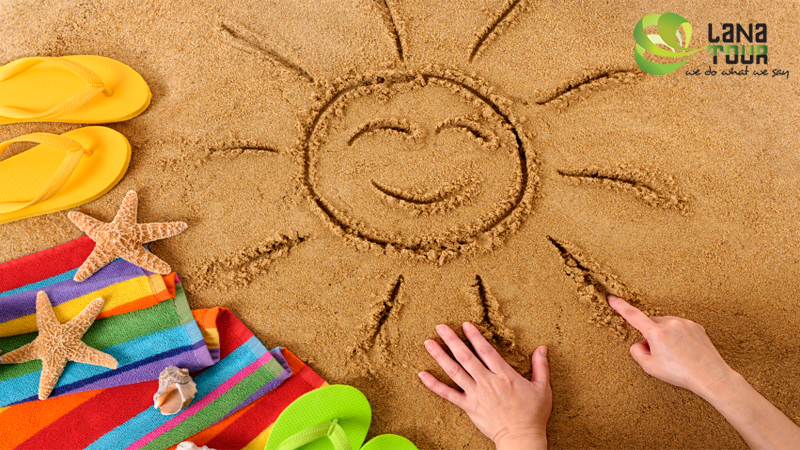
Summer Promotion
Summer is a great time to travel, to enjoy the beautiful beach but traveling with many attractive offres is a great thing even better. Please see below our special promotion for your summer trip


